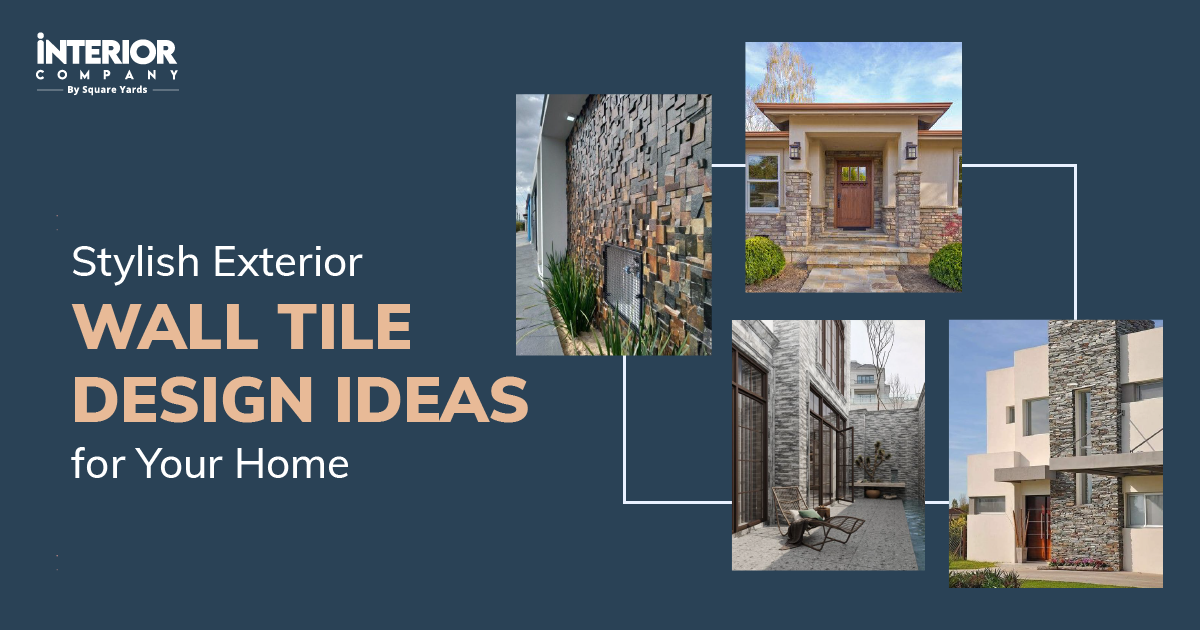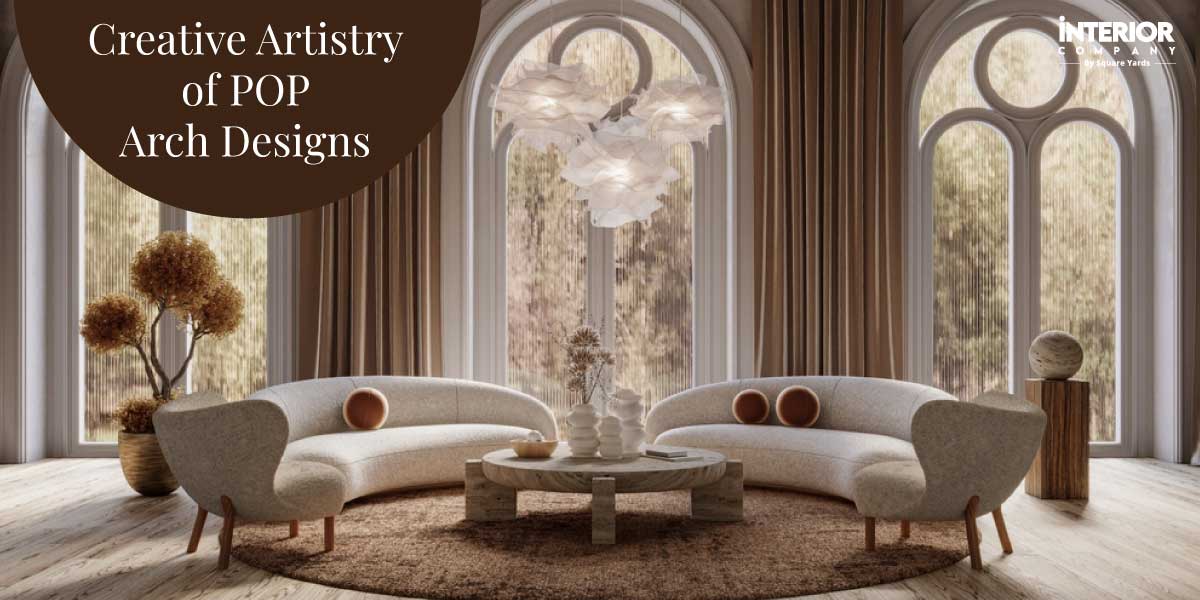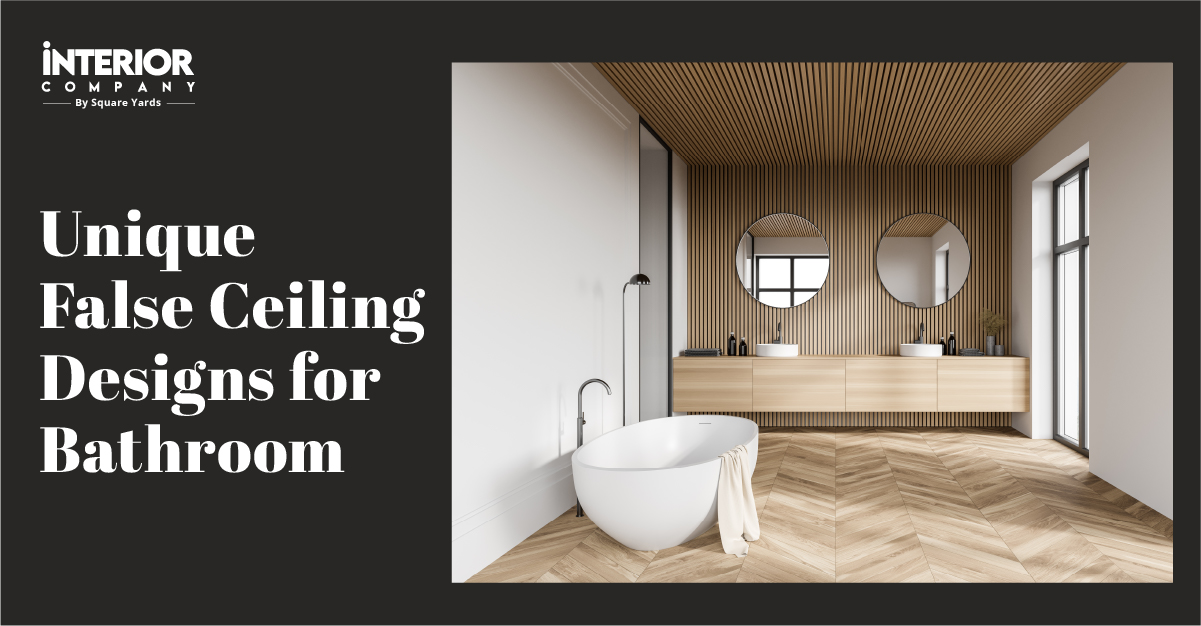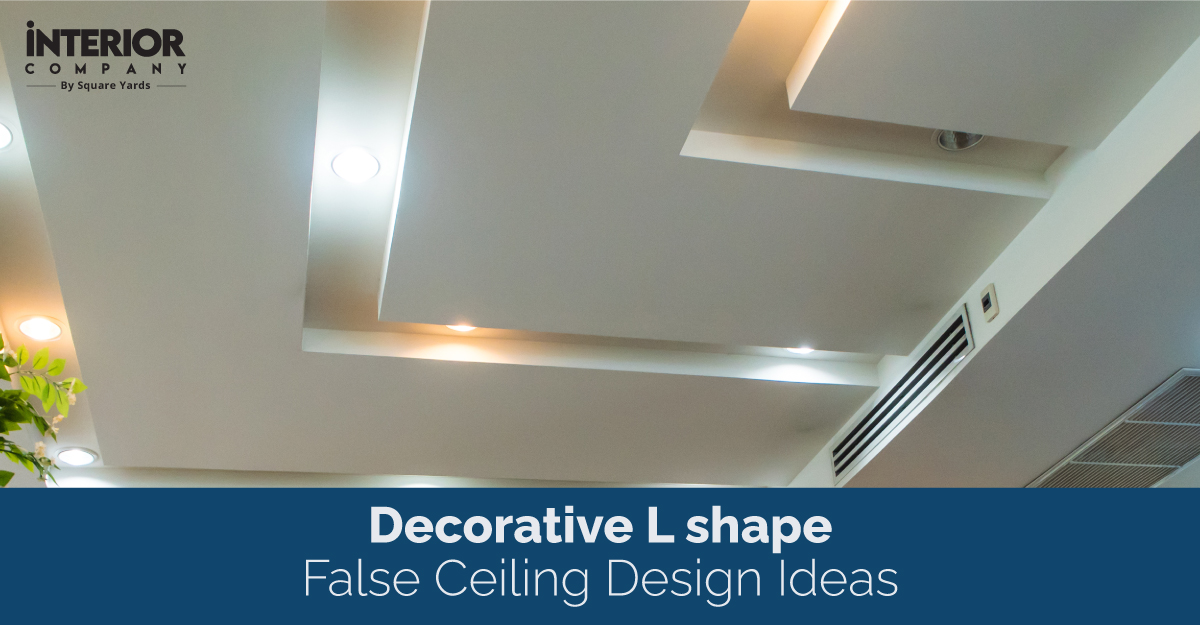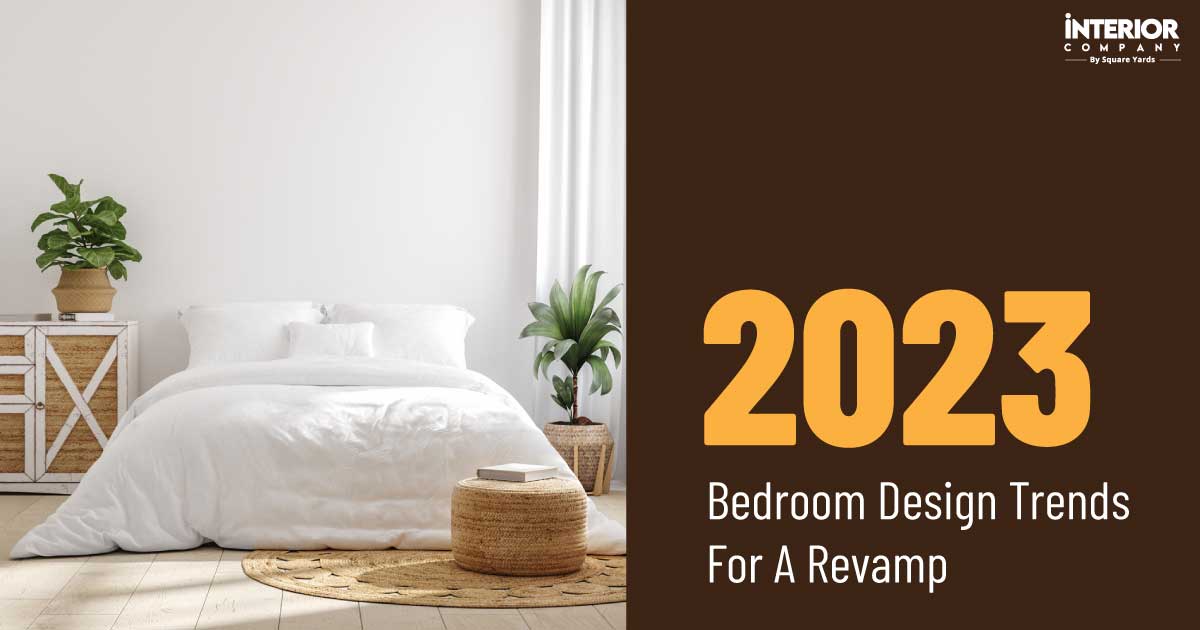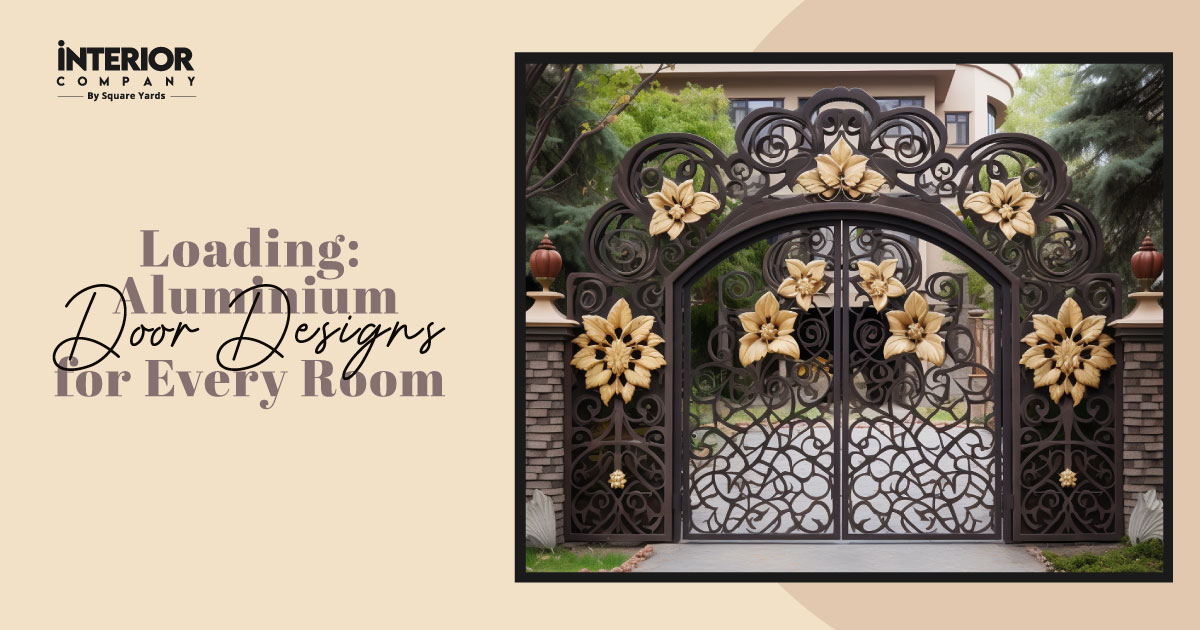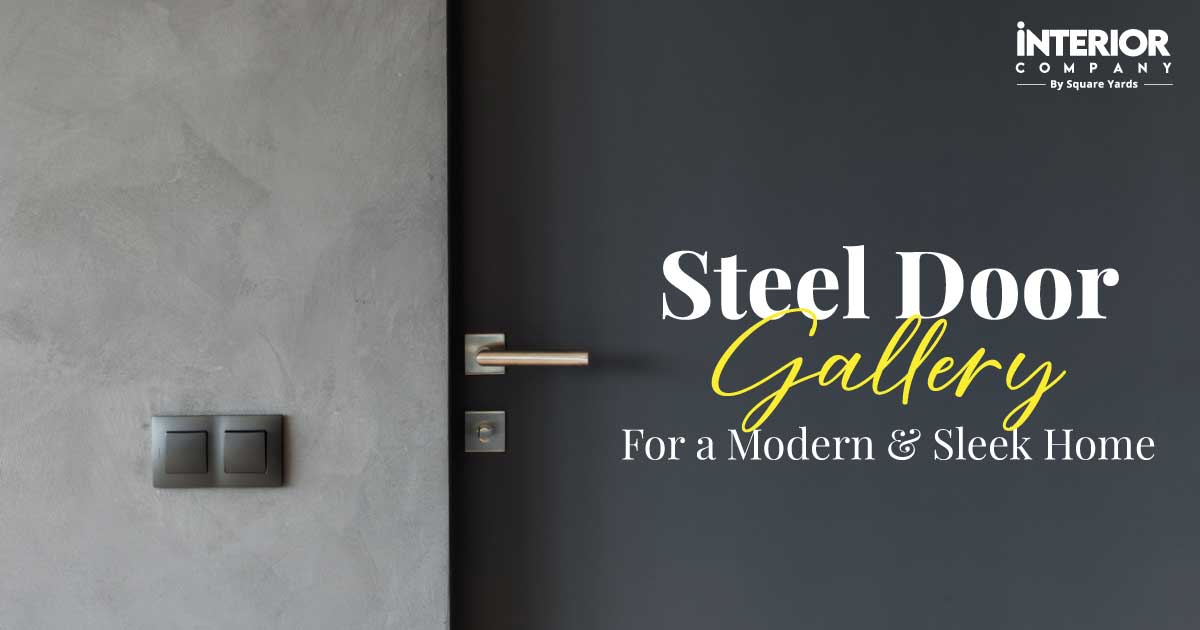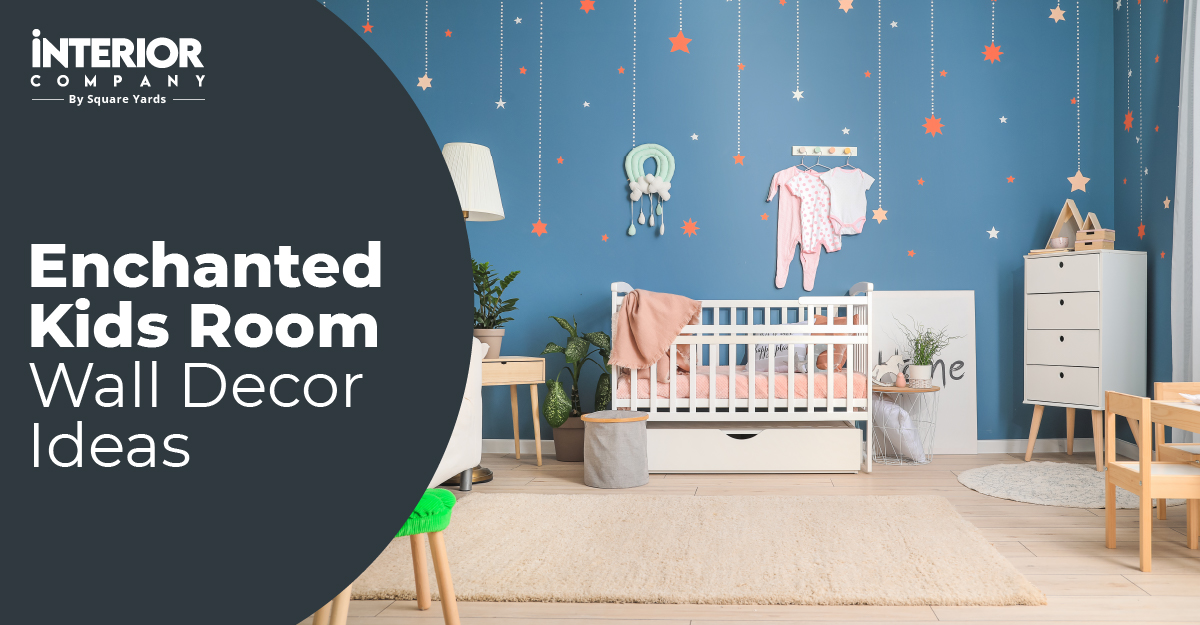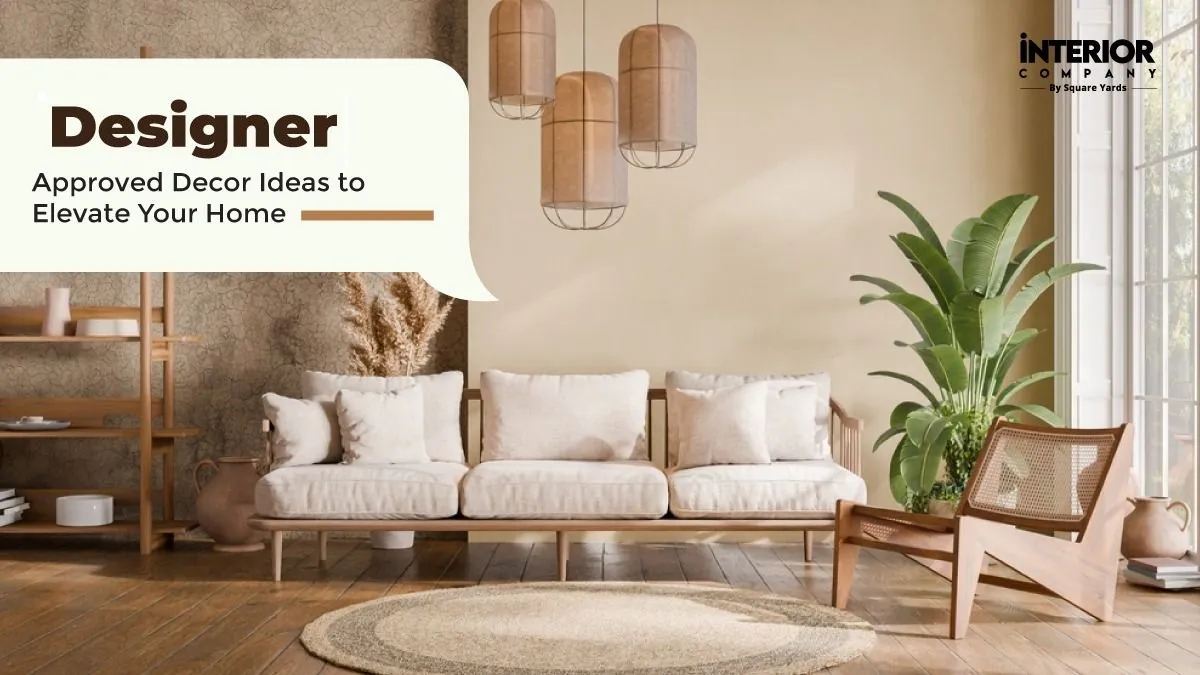- Kitchens
- Design Ideas
- Cities
- Trends
- Guides
- Price Calculators
- Our PortfolioNEW
- More
- Home
- Trends
- Construction
- Materials
- Hdf Vs Plywood
HDF vs Plywood: Which One Should You Choose for Your Furniture?
HDF (High-Density Fiberboard) and Plywood are two common building materials used in construction, furniture, and interior design projects. While both materials have similar applications, they have distinct differences in terms of composition, properties, and cost. When it comes to furniture, the material used in its construction is just as important as its design and function.
Table of Content
Understanding the differences between these two materials is vital for selecting the best option for your project needs. In this article, we will compare HDF vs Plywood, examining their characteristics, pros and cons, and applications to help you make an informed decision.
What is HDF?
Source: Pinterest
High-density fiberboard (HDF) is a type of engineered wood made by breaking down hardwood or softwood fibres into tiny particles and combining them with wax and resin. These particles are then pressed together, under high pressure and heat, to form a solid board. The resulting board is smooth and dense, with no visible grain or knots.
HDF is often used in furniture construction owing to its durability, stability, and affordability. It is also highly customizable; it can be painted, laminated, or veneered to match any décor.
Also Read: Difference Between HDHMR and Plywood
What is Plywood?
Source: Pinterest
Plywood, on the other hand, is also an engineered wood product, but it is made by layering thin sheets of wood veneered together and glueing them under high pressure and heat. The layers are usually arranged with the grain of each layer running perpendicular to the adjacent layer. This cross-grain construction gives plywood its strength and stability.
Plywood is used in furniture construction because of its strength, stability, and resistance to warping and splitting. It is also highly versatile and can be easily cut, drilled, and shaped to fit any design.
HDF vs Plywood
Let's understand the difference between HDF and plywood through the most common parameters.
Strength and Durability
When it comes to strength and durability, both HDF and plywood have their own advantages. HDF is a very dense material that is resistant to dents and scratches. It is also less prone to warping and cracking than solid wood, making it a popular choice for furniture construction.
Plywood, on the other hand, is known for its strength and stability. Its cross-grain construction gives it a high degree of resistance to splitting and warping, making it ideal for use in furniture that will be subjected to a lot of stress and weight.
Cost
One of the biggest advantages HDF has over plywood is its cost. The HDF vs plywood price makes all the difference in terms of popularity. HDF is a very affordable material, making it a popular choice for furniture manufacturers and consumers on a budget.
Plywood, on the other hand, can be more expensive than HDF, depending on the quality and thickness of the sheets used. Plywood is often considered a more valuable investment due to its durability and strength.
Also Check: Difference Between HDF and MDF
Appearance
When it comes to appearance, HDF and plywood have their own unique characteristics. HDF is a very smooth and uniform material with no visible grain or knots. It is also highly customizable and can be painted or laminated to match any décor.
Plywood, on the other hand, has a visible wood grain and natural variations in colour and texture. It can be stained or finished to bring out its natural beauty, or it can be painted to suit any décor.
Environmental Impact
When it comes to the environment, both HDF and plywood have their own pros and cons. HDF is made from recycled wood fibre, making it a more environmentally friendly choice than solid wood. However, it is still an engineered wood product and may contain formaldehyde or other chemicals that can be harmful to the environment.
Plywood, often made from sustainably harvested wood, makes for a more environment-friendly choice than HDF. The production of plywood can still have a significant impact on the environment due to the energy and resources required to manufacture it.
Composition
HDF is made from wood fibres that are compressed under high pressure and temperature, while plywood is made from thin layers of wood veneers that are glued together. This is kept in mind for HDF vs plywood for kitchen cabinets.
Density
HDF is denser than plywood, with a typical density range of 600-1000 kg/m³, while plywood has a density range of 400-700 kg/m³. This parameter would help you decide if you want to invest in HDF or plywood.
Surface finish
HDF has a smooth and uniform surface finish, making it easy to paint or laminate, while plywood has a more natural wood grain texture that may require sanding and finishing.
Pros and Cons of Plywood vs HDF
Find the best material for your purpose by examining the pros and cons of plywood and HDF.
Pros of HDF
Smooth surface: HDF has a very smooth surface that is perfect for painting, laminating or veneering.
Durable: HDF is very dense and has a high strength-to-weight ratio, making it strong and durable.
Cost-effective: HDF is less expensive than solid wood and can be used in a variety of applications.
Eco-friendly: HDF is made from recycled wood fibre and is therefore an eco-friendly option.
Cons of HDF
Limited thickness options: HDF typically comes in thinner sheets than plywood, which can limit its use in certain applications.
Lack of water-resistance: HDF is not water-resistant and can be damaged by water, making it unsuitable for use in areas that may be exposed to moisture.
Pros of Plywood
Strong and stable: Plywood is strong, stable, and resistant to warping and cracking.
Water-resistant: Plywood can be made to be water-resistant, making it ideal for use in areas that may be exposed to moisture.
Versatile: Plywood can be used for a wide range of applications, from furniture to construction.
Wide range of thicknesses: Plywood comes in a wide range of thicknesses, making it suitable for use in a variety of applications.
Cons of Plywood
Expensive: Plywood can be more expensive than HDF or other materials.
May contain voids: Some plywood sheets may contain voids or gaps in the layers, which can weaken the material.
Rough surface: The surface of plywood can be rough and uneven, making it more difficult to paint or veneer.
Not eco-friendly: Plywood is typically made from virgin wood, which is not as eco-friendly as using recycled materials.
Application of Plywood vs HDF
Plywood and HDF are both versatile materials that can be used for various applications in different industries. Here are some common applications for each:
Plywood
Construction: Plywood is often used in construction for subflooring, roof sheathing, wall sheathing, and as a base for flooring.
Furniture: Plywood is used in furniture making for its strength and durability. It is commonly used for bookshelves, cabinets, and tables.
Packaging: Plywood is often used for packaging due to its strength and resistance to damage.
Marine applications: Plywood is used in the construction of boats and other marine applications due to its resistance to water and moisture.
Decorative applications: Plywood is also used in decorative applications such as wall panelling, ceiling tiles, and decorative accents.
HDF
Flooring: HDF is commonly used as a core material in laminate flooring due to its durability and stability.
Furniture: HDF is often used as a base material for furniture due to its strength and ability to hold screws and other fasteners.
Cabinetry: HDF is used in the construction of cabinets and other storage units due to its stability and durability.
Decorative applications: HDF is often used in decorative applications such as wall panelling, ceiling tiles, and decorative accents.
Doors: HDF is commonly used as a material for interior doors due to its ability to hold screws and stability.
For more information on furnishing materials and styles, contact our experts at Interior Company.
Top Interior Designers in Your City
Ready for a home transformation?
Let our designers assist you!
Recent Posts
HDF is known for its high density and strength, which make it a good choice for furniture that needs to be sturdy and durable. HDF is also less expensive than solid wood and can be made to look like real wood using a veneer or laminate. This is one of the major advantages of HDF vs marine plywood.
Plywood is known for its strength and stability, which make it a good choice for furniture that needs to withstand weight and pressure. Plywood is also versatile and can be used for a wide range of furniture styles, from modern to traditional.
HDF is prone to moisture damage. HDF is more susceptible to swelling and warping when exposed to moisture than solid wood, which can cause it to lose its shape and structural integrity. Additionally, HDF cannot be stained or painted like natural wood because it lacks a natural grain pattern, making it less versatile in terms of design and aesthetic appeal.
Related Category
- Exterior Design
- False Ceilings
- Furniture
- Tips and Advice
- Walls and Texture











